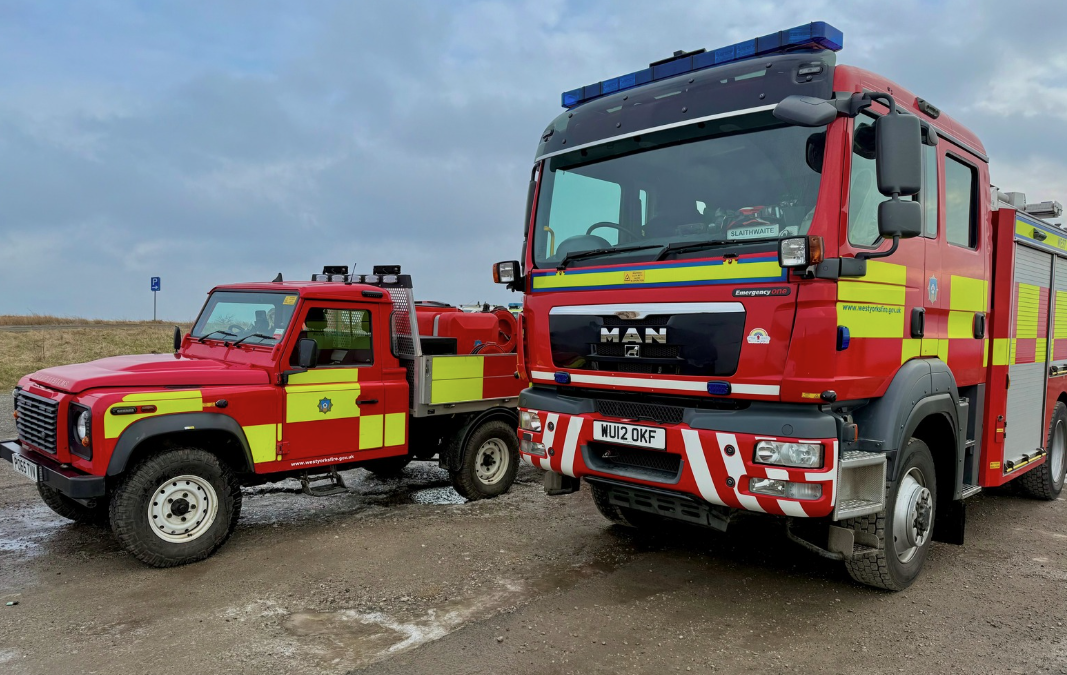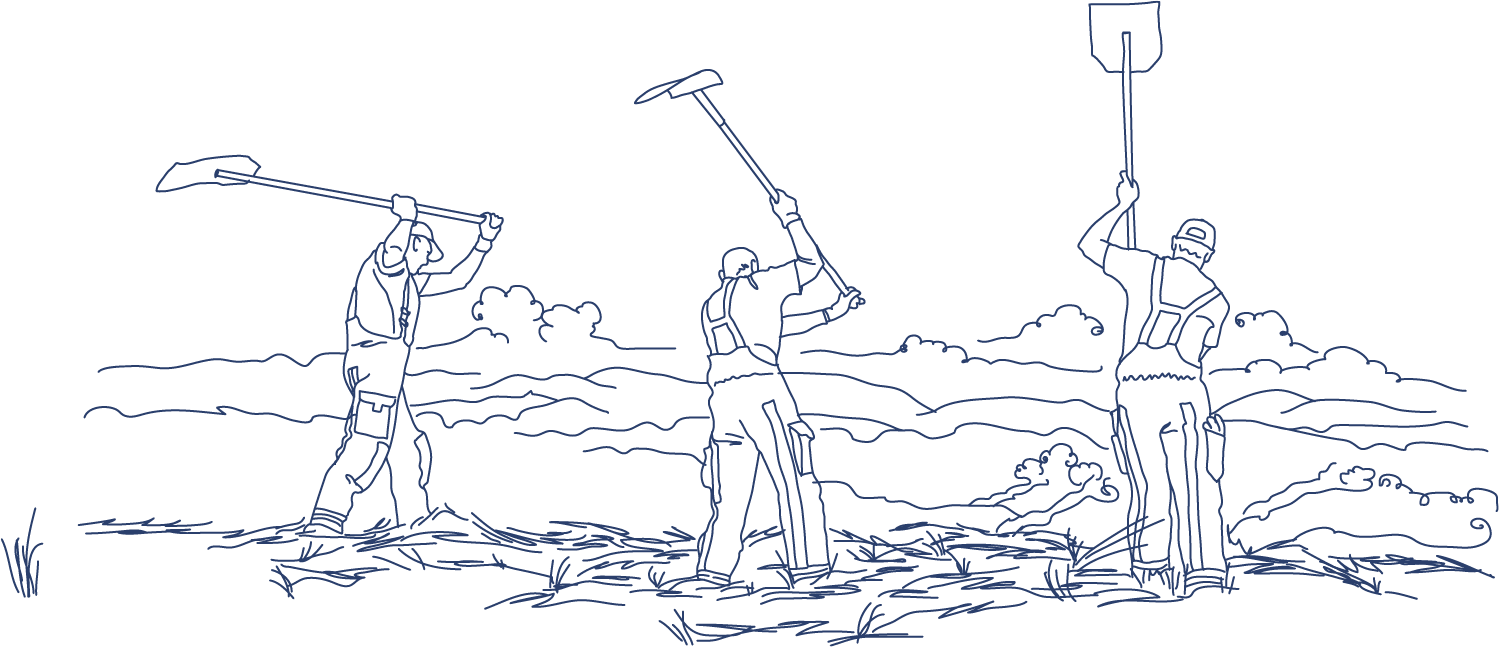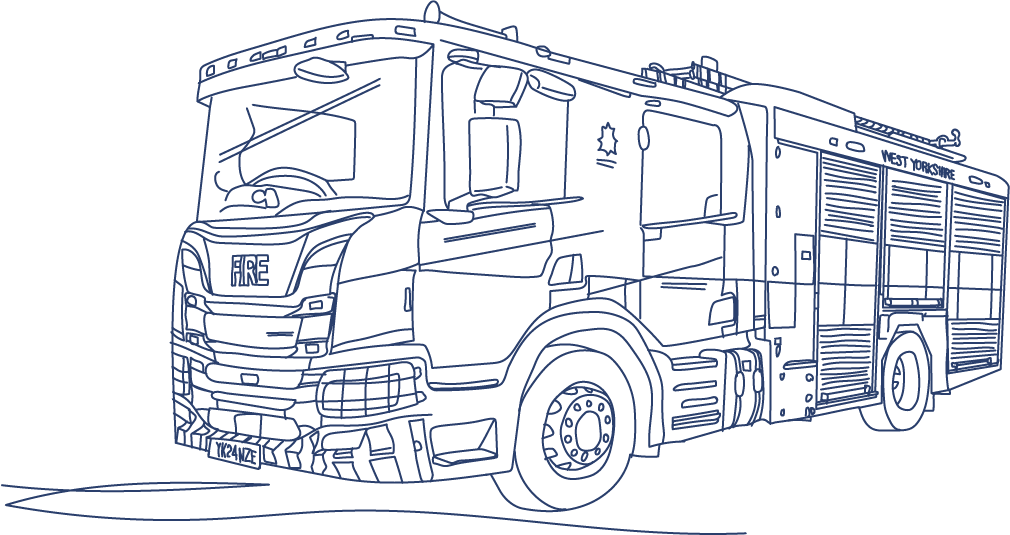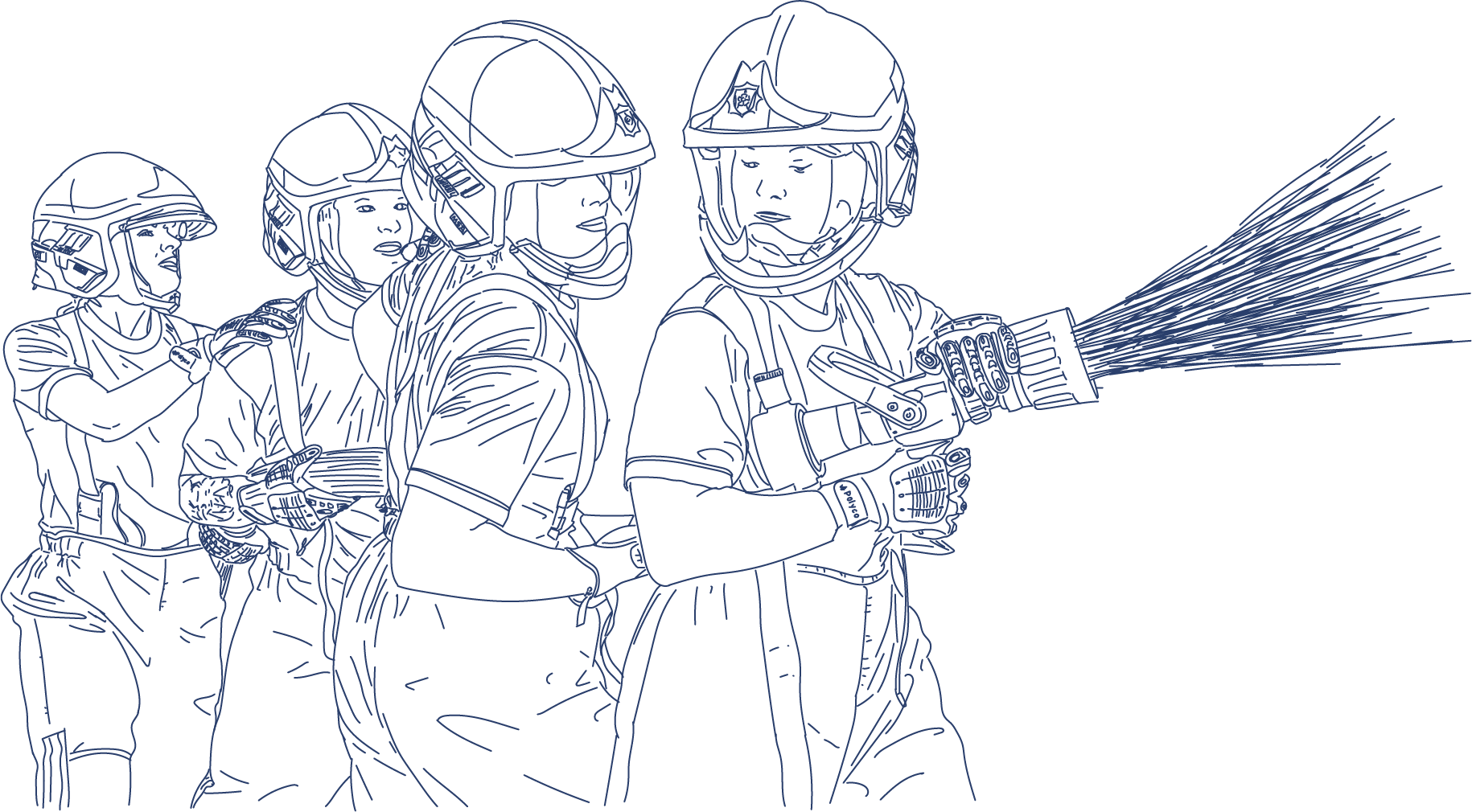
Preparing for and responding to emergencies.
Our Fire Control handles all 999 emergency calls, with operators assessing each call to determine the necessary emergency response. Fire Control dispatches the fire engine(s) or specialist resource(s) that can respond the quickest to the emergency.
The combination of our response time and the number of firefighters attending a fire is crucial. More serious and complex emergencies typically require more firefighters, a strategy we refer to as our ‘speed and weight of attack.’ We aim to maintain the current number of fire stations and fire engines to preserve our existing ‘speed and weight of attack.’
Each station operates a shift system based on the local community’s risk level. Higher-risk areas are covered by wholetime (24/7) stations, while lower-risk areas are covered by on-call stations. Areas with intermediate risk levels have a combination of both, with day-crewed stations (working during the day and on-call at night). Our 46 fire engines are equipped to handle most emergencies. For more complex emergencies, we have strategically located specialist resources available.
When a fire engine is unavailable due to an emergency or operational training, we have systems and procedures in place to relocate other fire engines to maintain a high standard of cover where it is most needed, according to risk.
To ensure the nearest fire engines respond to emergencies near and across our county border, we have arrangements with neighbouring Fire and Rescue Services to share fire engines and other specialist resources as required.
"We have arrangements in place with our neighbouring Fire and Rescue Services to share fire engines and other specialist resources if required."


